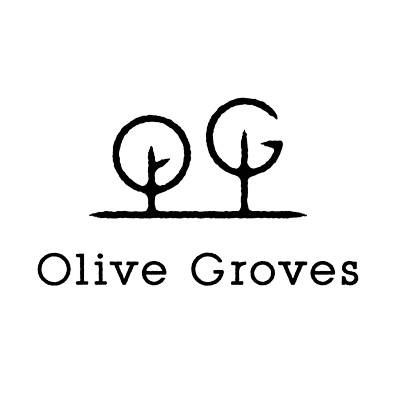The Quality Leap
With newly introduced extraction and cultivation techniques, olive oil quality is no longer a random probability. An evolution not dissimilar to that seen in the areas of wine and coffee over the past decades.
For millennia, olive fruits were transformed into oil by grinding them into a paste using rotating grindstones. The paste was then stirred and the oil finally extracted with a press. This process granted very limited control over the quality of the oil and a lot of opportunities for oxidation to occur! If it is still around today, this is mostly as a tourist attraction.
With newly introduced extraction and cultivation techniques, olive oil quality is no longer a random probability. An evolution not dissimilar to that seen in the areas of wine and coffee over the past decades.
For millennia, olive fruits were transformed into oil by grinding them into a paste using rotating grindstones. The paste was then stirred and the oil finally extracted with a press. This process granted very limited control over the quality of the oil and a lot of opportunities for oxidation to occur! If it is still around today, this is mostly as a tourist attraction.
Driven by innovative companies such as Pieralisi, the last decade has seen a quantum leap in olive oil extraction techniques. A search to facilitate cleaning, manage oxidation and preserve aromas has pushed for the development of machinery that permits a fine control of the entire extraction process, including paste granularity, temperature and exposure to oxygen. A symbol of this technological revolution is the widespread adoption of the two-phase decanter for final extraction, which better preserves some key vitamins and antioxidants – known as phenols – naturally present in the olive fruit.
“the last decade has seen a quantum leap in olive oil extraction techniques”
Scientific research is also affecting the process in the field. Better knowledge about the needs of the olive tree and the differences between varieties allow producers to precisely adjust the different parameters affecting the quality of the final juice. For instance, the optimal harvesting time varies depending on the variety, sometimes in a very subtle way. Olives producing sweet tasting oils such as the Ogliarola will benefit from anticipated harvesting, while other cultivars producing more pungent and bitter oils, like the Coratina, may be harvested at a slightly later stage.
Our ancestors had no doubt access to very fresh olive oil, straight from the mill, but its shelf life as an edible food was probably very short. If they choose to do so, producers are now able to produce extra virgin olive oil of incomparable quality with a much longer shelf life. Just like the so-called 3rd wave of coffee, the quest for high quality and attention to detail are on the rise in olive oil, although this still affects a marginal part of total output.

